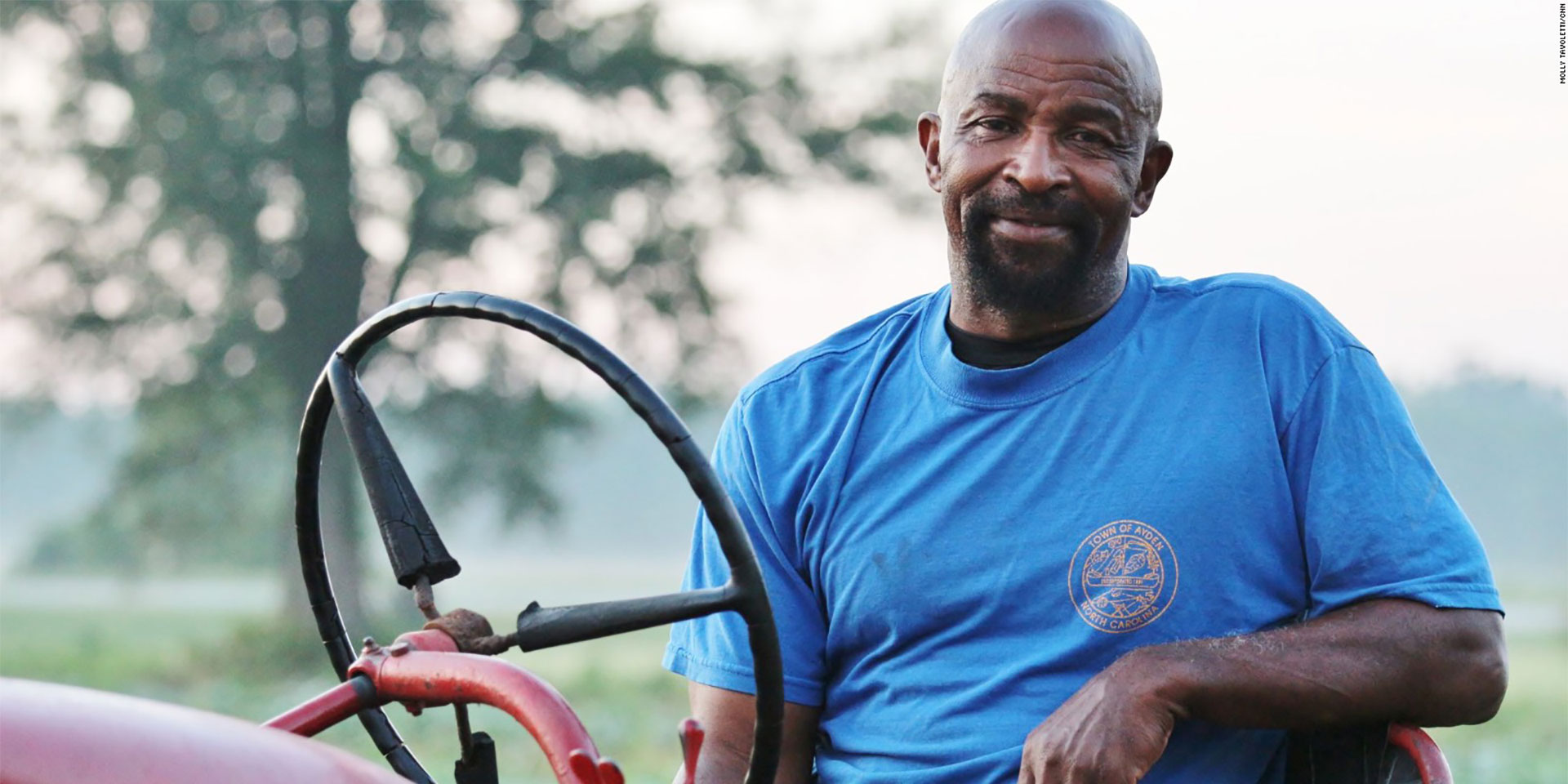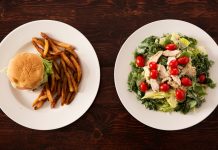A lot is said and written about food, and a fair share of the promises we make are related to it. We might decide to eat more healthfully or perhaps we wish to diminish food waste. Unfortunately, our promises are often quickly forgotten, because destructive habits are hard to forsake. There are, however, people who have found ways to transform not just their lives but also the lives of those around them using food.
Richard Joyner is the pastor of a church in the small American town of Conetoe. The African American community found itself confronting a problem which has troubled Richard for a long time. He realised that he had been officiating almost two funerals a month and some of the deceased were very young. The numbers were much too high for such a small town. “I’ve closed too many coffins on young people,” says Joyner bitterly.
More than a quarter of the inhabitants in Conetoe lived on the verge of poverty. Therefore their eating habits were not the healthiest. More young people had died due to heart disease than road accidents in the preceding years. While driving home one day, Richard was praying for a solution when his answer came quicker than he expected. At the side of the road was arable land which he realised could be used as an educational instrument for children. In the summer of 2005 he organized a camp for the community children of between 4 and 16 years old. During the camp the children learned to grow their own vegetables and that year the small crop was consumed by children psyched by the results of their hard work.
The following year the crop was organized in special boxes which were donated to the elders of the town.
However, their enthusiasm was suppressed by a few church members who saw their activity as a return to the community’s sombre past. The ancestors of the people in Conetoe had worked as slaves on cotton plantations and the new agricultural activity which was growing by the day seemed inappropriate.
Richard helped them to see another perspective: the children helped those in need, they had fun working outside and learned things which were useful in biology, natural sciences and mathematics classes. This was not a new form of slavery. The project therefore continued over the following years, on larger and larger areas of land. The project, initially financed by the church, attracted the help of some foundations and turned into a community centre: the Canetoe Family Life Center. The centre currently owns 8 hectares of land. The fruit and vegetable production is bought by the local hospital, restaurants and schools in the area, and about a quarter of the produce is donated to those in need.
The results have been visible in time. Studies conducted by researchers at the University in East Carolina on community members revealed a drop in obesity rates and blood pressure but also in the frequency of hospitalizations due to the problems associated with an unhealthy diet. Change in the community is a reason to be grateful for Richard, who gazes at a generation of young people who are aware of the connection between their diet and their health.
Robert Lee watched in amazement as his classmates tossed half-eaten sandwiches in the trash. In his family of Korean immigrants he had been taught that food is never to be thrown away. Their gesture was outrageous to him.
A few years later, as an Accounting and Finance student at the University in New York, Robert became a member of a university association which was in charge of delivering the food left over from the faculty’s canteen to shelters for homeless people in the area. Together with a colleague, he signed up for a project competition. Their idea was simple: a network of volunteers would gather any quantity of leftover food from restaurants, whether big or small local establishments. The food would be delivered the same day to a centre for homeless people who needed it.
Their project won the competition, and the $1000 prize helped lay the foundation of the Rescuing Leftover Cuisine (RLC). Shortly after RLC was set up, Robert got a job as a financial analyst for J.P. Morgan, one of the most prestigious financial institutions. He started managing the project in his free time. Working at the RLC implied developing a network of restaurants, volunteers and centres that needed help. After the project caught the media’s attention, more cities asked for help to be able to organize themselves in the same way.
A year after getting the job at J.P. Morgan, when he was just 27 years old and had a promising career ahead, Robert quit his job. He gave up his six-figure salary to fully commit to the project. “I compared one hour of impact at J.P. Morgan to one hour at RLC and the difference was just tremendous,” he said.
In the space of just two years, more than 100 tons of food were donated through the organization. Besides New York, 15 other big cities have taken over his volunteering model. “One shelter told us that our donations allowed them to provide entire dinners for more than 300 people, three nights a week,” says Robert.



















